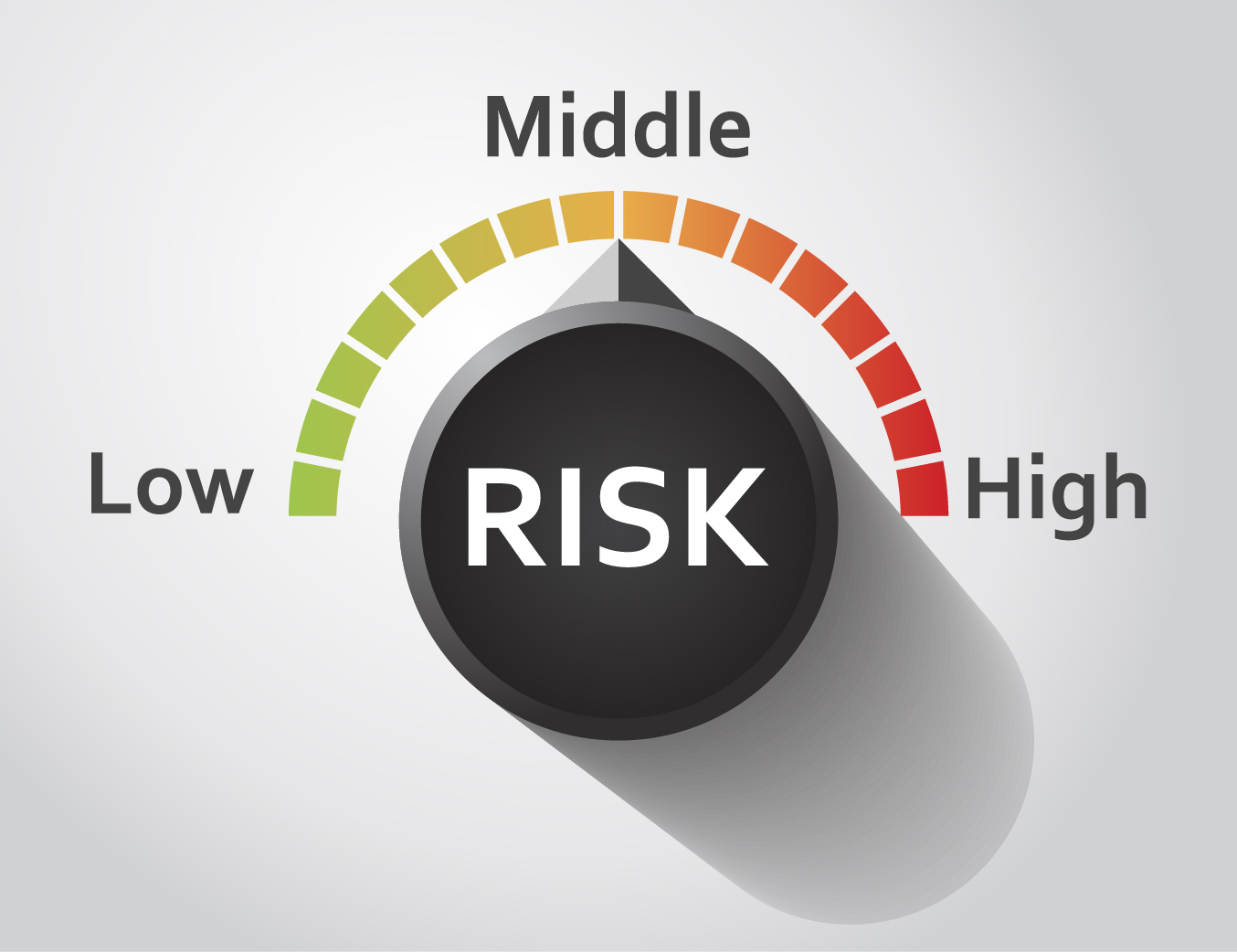
7 STEPS TO FIRE UP YOUR IMAGINATION, TAKE RISKS AND GROW. By James Mapes
Risk taking is a subjective experience. One person’s risk may be another’s hobby. Sometimes risk is forced on you. Your mate of 20 years suddenly demands a divorce, or your job is terminated after thirty years. Imposed risks are often perceived as negative. Sometimes taking a risk involves change. Sometimes taking a risk means committing to remain in your present circumstances.
Since the subconscious mind is designed to keep us safe, we would prefer to choose our risks. A chosen risk may be to tackle a new job or enter a new relationship, or opting to stay committed to a challenging job or relationship.
It is vitally important to understand that how you perceive a risk, either imposed on you or chosen by you, can be the determining factor in whether it is an opportunity or a disappointment. By reframing your perspective, you can turn an imposed risk into an opportunity, rather than a trap.
One thing is certain. Risk taking is the spice of life. Risk taking means growth and innovation. Taking risks often drives you to learn new skills, enhances your self-confidence, sparks your creativity, stretches you to meet your potential and opens up unforeseen opportunities. In this technologically amped-up world, refusing to take risks and grow almost assures that you will fade into the grey area of the invisible masses.
Successful risk takers are . . . extremely cautious people. An extraordinary amount of intelligence goes into preparation because they have analyzed every factor that can operate against them.
Here are 7 steps to empower you to turn an idea into action:
1. Define What a Risk Is for You.
Before you rush out to skydive, change a relationship, or invest your money, take a moment to consider what taking a risk means to you. Your perception is your reality and your imagination will take hold and run with whatever is presented to it. No one else can define for you what you experience as dangerous. Give yourself credit for the smaller, demanding risks you have already taken and determine how any risk can enhance your life before jumping into a situation that may do more harm than good.
2. Imagine the Worst-Case Scenario.
This tip comes from NASA. Before taking a flight into space, astronauts are asked to imagine their worst fears. They repeat the process over and over. The more the astronaut imagines the worst, the more he or she desensitizes his or her mind.
By consciously asking yourself or others what’s the worst that can happen, you perform a crucial reality check and harness your imagination. The downside of imagination is that, left unchecked and unfocused, it will conjure up something far worse than reality.
3. Seek as Much Information as Possible.
Risk takers prepare. They fire up their imagination to play out every possible outcome. They do their homework. The more you know about the risk, the better you can prepare. The more you prepare, the more confident you become. The more facts you have, the less chance for failure.
4. Talk to Others.
Run your idea past people whose opinions you trust. Open yourself up to feedback, but be cautious. Don’t let yourself be manipulated.
The purpose of feedback is to allow you to see as many different points of view as possible before you make your own decision. Just let opinions wash over you and see what sticks.
5. Create a Safety Net.
A safety net is anything that keeps you from feeling your choice is irreversible. Plan options to cover yourself if your risk does not work. You may wish to take a leave of absence as opposed to quitting your job, or you may arrange a trial separation instead of getting divorced.
6. Reframe the Outcome.
You can take one small step at a time; you don’t have to do it all at once. Constantly focusing on the end result can increase the fear and cut off action.
This was evident to me when I started skiing. I got my ski legs on the beginner’s slope and then took a lift to one of the more advanced runs. I shuffled to the edge of the run and looked down to the bottom of what looked like the steepest mountain in the world. I panicked, took off my skis, and stumbled all the way down.
An instructor suggested we go back to the top, where he had me take one simple turn and stop. He then asked me to do another. And another and another. I gradually reached the bottom. We went back and did it again. That time I stopped only three times, and on the next run only once. By changing my focus, I changed my performance.
7. Seek Support.
Don’t underestimate the value of support. Find people who have beliefs similar to yours. Seek out those who will hold you up when you need courage, people who genuinely care about your efforts, your growth, and your happiness. Support encourages you to live up to your highest potential. You don’t have to do it alone.
I believe we are born risk takers. Think about it. How did you learn to walk or to ride a bike? We learned more and faster in the first five years of our lives because we had not yet been taught fear. Our imagination worked at full throttle. The word impossible did not yet exist. We made mistake after mistake, shook them off, and gave it another try. Watch children to learn about taking risks.
Not taking risks is far more dangerous than taking them. You don’t achieve your dreams by playing it safe. Not taking risks accelerates the aging process. We feel helpless and hopeless, trapped in a world without choices. Our self-esteem takes a beating. You can see it in the body and feel it in the soul.
But our lives can be daring adventures if we understand how to orchestrate risk taking, to articulate adventure. Adventure creates relationships and relationships give life meaning. Risk taking promotes vibrancy, energy, and good health. You learn and you grow. Your days become more rewarding, vital, and fulfilled.

James Mapes is the founder of Quantum Leap Thinking™, creator of The Transformational Coach™, expert on the psychology of “applied imagination,” best-selling author, highly acclaimed business speaker, consultant, seminar leader and personal excellence coach.
